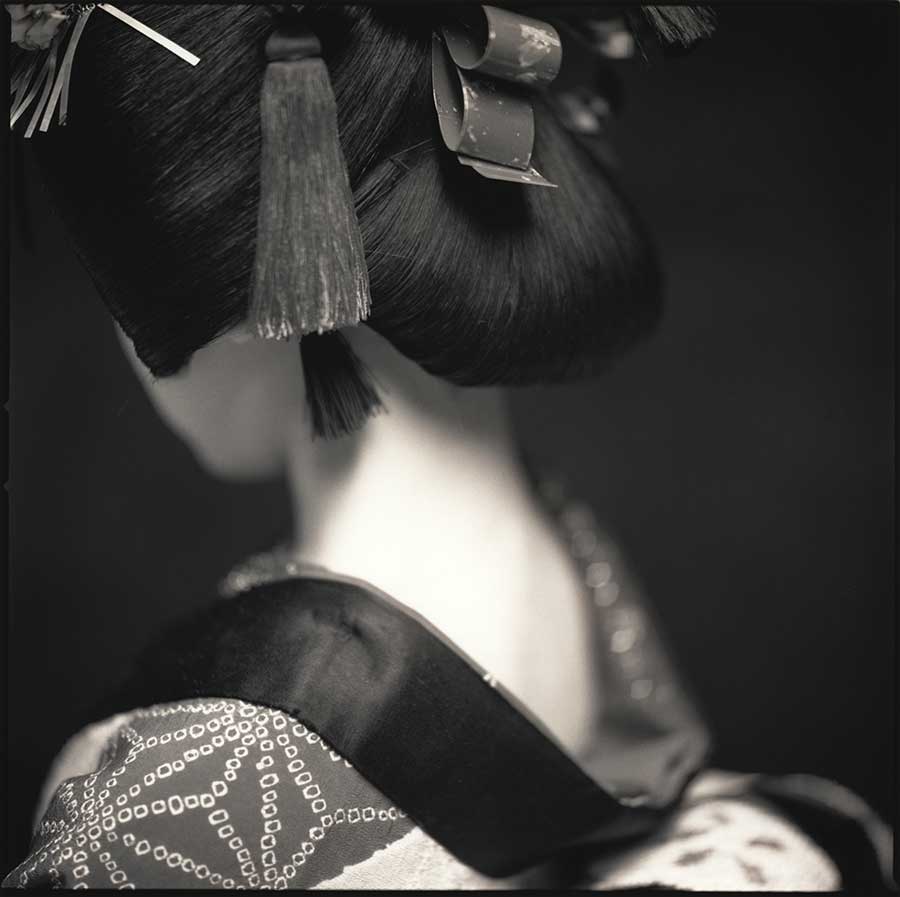Born in Sapporo, Hokkaido, Japan, I graduated from the Department of Photography of Nihon University in 1975.
I moved to Los Angeles, where I worked as a production coordinator for Japanese television commercials and later co-founded a Japanese coordination services company. I obtained an MBA from the UCLA Anderson Business School in 1993. Two years later, however, my earlier interest in photography revived, and I started to travel worldwide, extensively photographing what I found intriguing at each moment and place. As of 2000, I have worked full-time at photography. [Official Website]

” I go to places that captivate and intrigue me. I am interested in what humans do. I seek to capture people, traditions, and locales that first and foremost are of personal interest. I immerse myself with information on the places prior to leaving, but I try to avoid firm, preconceived ideas. I strive for both calculation and discovery in my work, keeping my mind open for surprises. At times, I envision images I’d like to capture, but when I actually look through the viewfinder, my mind goes blank and I photograph whatever catches my eye. Photographs I return with are usually different from my original concepts. My photographs reflect both genuine interest in my subject as well as a respect for the element of serendipity, while other times I seek pure beauty. The pure enjoyment of this process drives and inspires me. I believe there’s a thread that connects all of my work — my personal vision of the world as a whole. I make every effort to be a faithful visual recorder of the world around me, a world in flux that, at very least in my mind, deserves preservation.”

Can you explain us the idea or the story behind this image?
I was born and raised in Japan. But I was not exposed to Japanese traditional things much and I grew up watching American TV programs and listening to pop/rock music. I did not have much interest in Japanese traditions as a young man. But after living in the US over two decades, I found myself drawn to Japanese traditional cultures each time I went to Japan.
I do not think it was my understanding of Japanese cultures that got me interested, but it was a foreigner’s eye. I looked at things just like a foreigner looked at things in Japan—with curiosity and fresh look. In the beginning, I felt shy about making “Japonesque” images because I was from there. But I decided to make Japanese portraits very Japanese because I believed that is something unique I can do with my background.
Can you explain us what equipment you used for its realization?
I used my usual camera/lens combination which is Hasselblad 203F with Planner 110mm F2. I use this camera and lens combination 90% of time when I do portrait photos. Even without the camera, I look at the subject with distance and angle that matches the view of this lens and compose the pictures subconsciously. This is how I look at things when I photograph.
What problems and challenges did you face when you took the shot of this image?
Because I was allowed to take photographs only at the day of the performance, I photographed performers between the stage appearances. That meant I had to find a decent size space that is close to the stage where I can set up a makeshift studio with backdrop.
I prefer using natural ambient lights to strobe lights. Natural light gives me more freedom, more variations, and I can concentrate on my subjects while I photograph. Luckily, I was able to find a small flat rooftop near the stage that was surrounded by walls of the theater building. That gave consistent beautiful soft top lights.
We are talking about the postproduction process. How do you get the final result?
I used the film I always use when it comes to b&w. That was Tri-X 220. As you know, that film was discontinued in 2010. When it happened, I bought all that were available in the US which was 750 rolls of 220. I still have about 200 rolls left in my freezer and I take out and use them when I work in b&w projects. The film is processed in Jobo ATL 2200 and contact sheets are made. I work in the traditional darkroom and make silver gelatin prints just like old days. Prints are then toned in diluted sepia toner for archival purpose and split-tone-like tonality.






